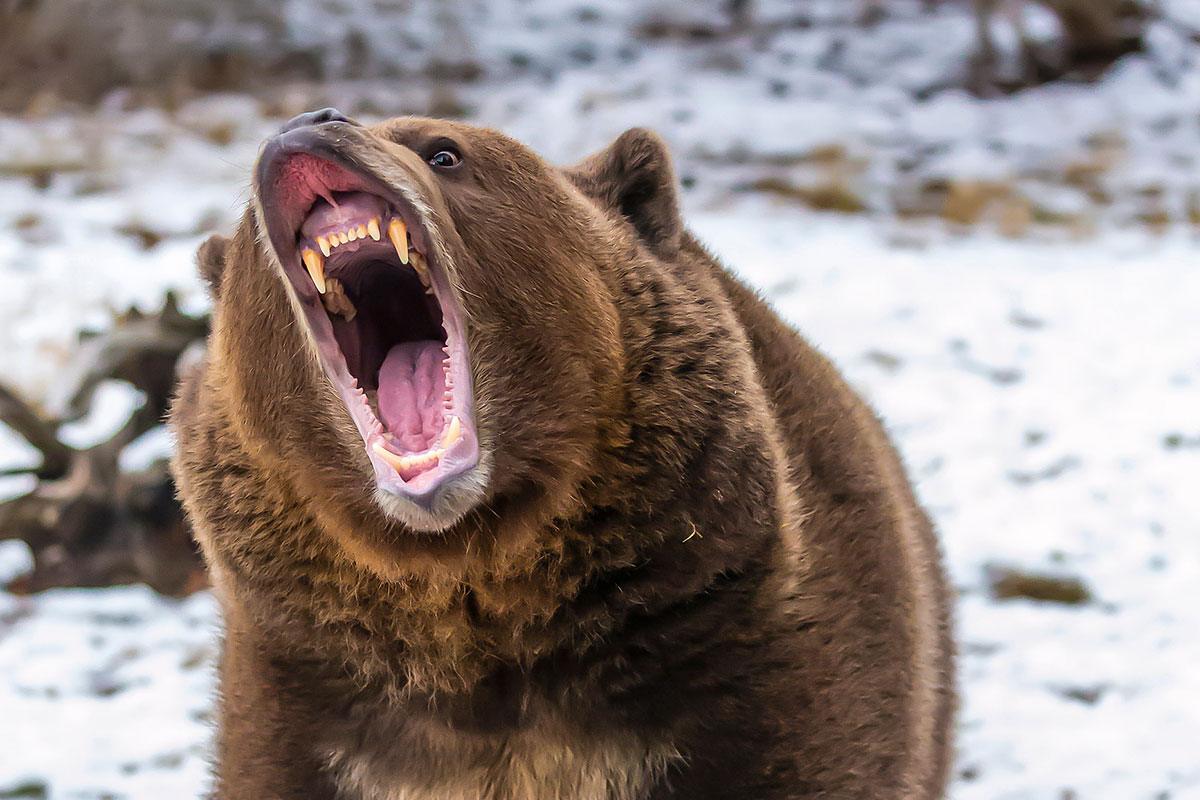It seems like quite a few responders on this now weary to read through thread have a simplistic problem analysis-solution set. That being, big bear attacks = big gun to stop. Wrong definition leads to wrong answer. An adrenalined up bear (even a small one) shot anywhere except the brain pan, the spine, or the shoulder or hip joints will have the capacity to keep slapping you around, or chewing on you until it bleeds out enough to stop functioning. Anywhere from a minute to five minutes (depending on a number of factors, some of them being the places the bear was hit, the number of hits, the size of the bear, how much fat its carrying, the type of terrain it's in - there's a big difference between a mountain grizzly charging across 25 yards of alpine meadow and a brownie charging through 25 yards of alders, etc) which is easily enough time to get killed or badly mauled. Newtonian physics being what they are, any sidearm capable of knocking a charging bear on its *** will also knock the shooter on their ***. There is no argument that larger calibers make wider holes. Going from a .357" diameter puncture to a .500" one adds a bit less than a whopping 9/64ths of an inch to the diameter of the hole (+0.143"). Get out your measuring tape and take a hard look at the additional wound channel created by going from the .357 to .500. It's also a given that heavier projectiles driven at adequate velocities thump harder than lighter ones at the same velocity. What's not a given is that the wider, heavier projectile will stop a charging bear any quicker than a thinner, lighter one will, even though it is theoretically capable of transferring greater energy to the bear (setting aside meplats, crush factors, temporary vs permanent wound channels, etc). Why? If that projectile doesn't hit any of the right places to instantly stop the bear, all that power is not going to be helpful, quickly enough. Here's what I was taught: when a charge happens, you want to aim at the end of the bears nose. If you hit it, the bullet likely traverses up the thin nasal passages to enter the brain. If you're a bit high you hit the cranial vault; if you're higher still you may hit the spine; if you miss to either side you may hit a shoulder joint; if low, you may hit the heart (which isn't helpful short term). Again, it's not about raw power. It's totally about precisely applied adequate power. It seems to me that there may be a positive correlation between a person's ideas about what caliber and power of a sidearm they need for bear protection and their fear of the event.
So if the original poster hasn't keeled over from exhaustion reading all the posts, yes, your .357 will work if you hit the right spot. Use a hardcast LBT LFN slug or Keith style SWC driven around 1250 fps. Practice, practice. They're not bullet proof and have been killed with .22s, 9mms, 40 S&Ws, 10mms, etc. Enjoy your hunt!
All the best,
Dave


